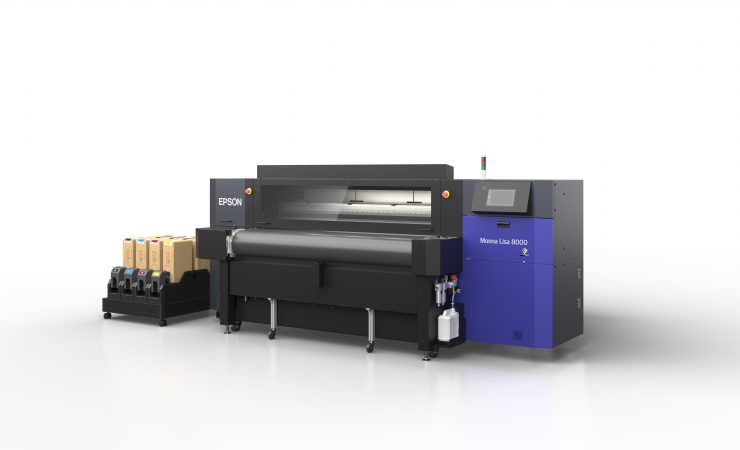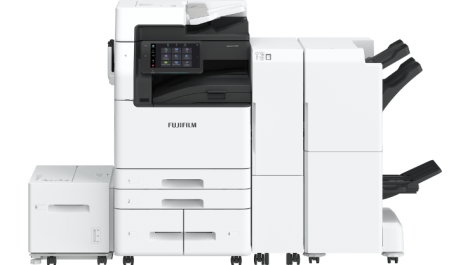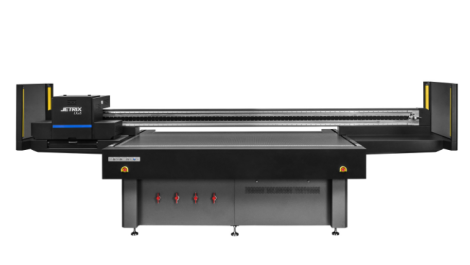Epson has announced the launch of the ML-8000, the latest model in its Monna Lisa series of high-end digital textile printers.
Epson describes the Monna Lisa range as ‘the heart of a high-tech Total Solution,’ saying that the ML-8000 itself introduces ‘a new standard in textile printing image quality.’ The company stresses that there is now a single supplier for all printheads, inks, before and after chemical treatment, and engineering support.
Set to be available in the UK from January 2021, the ML-8000 utilises eight PrecisionCore printheads, prints at a resolution of up to 1200dpi and at a width of up to 180cm. The system operates at a typical print speed of 155sqm/hr but is capable of a maximum speed of 250 sqm/hr.
Guy Martin, sales development specialist at Epson UK, explained, ‘Digital printing has become increasingly popular with fashion and textile designers across Western Europe as they strive meet the increased demands for short runs and fast fashion while under pressure from public criticism to ease environmental burdens.’
‘The capability to conduct digital designs for digital print on demand enables businesses to offer their customers a faster turnaround of designs, when they need it, without having to rely on mass shipments of stock crossing continents, much of which will have incurred higher waste streams due to analogue printing. The Monna Lisa 8000 is symbolic of the all-round quality of Epson’s digital print technology, blended with the uncompromising standards of fashion inspired by Epson’s print partner Robustelli and its rich history of textile design and manufacturing in Italy’s Como province.’
The ML-8000 is being marketed as a next-generation digital textile printer that ‘combines performance and usability to meet the needs of the digital textile market for flexibility and sustainability.’
It has a 9 inch LCD touch panel that displays current printer status and operating instructions, this is alongside hot-swappable, three or 10 litre ink cartridges that allow for ‘uninterrupted production.’



